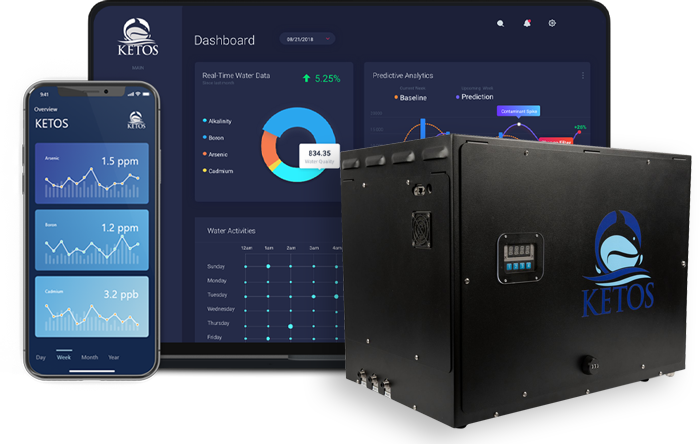Effective, Affordable Water Quality Monitoring for Municipalities
- 4.5 Avg. Municipal Customer Rating
Municipalities that leverage technology can better monitor and control their water quality. Gain on-site, autonomous testing with KETOS and help protect your communal water supplies.
Drinking Water, Quality Control, and Municipalities
Citizens expect water that is safe, consistent, and available. However, even with recent infrastructure investments, water infrastructure across the country needs updating. Communities worry about water quality and availability while public works departments struggle to balance tight budgets.
The truth is that when necessary investments are not made to improve infrastructure, municipalities can suffer. While water operators work around the clock to maintain water quality and consistency, communities can pay the price if their municipality relies on outdated monitoring methods or needs to wait on third-party lab tests that can delay action by days or weeks.
As safe water becomes a heightened public concern, water operators risk damaging reputations that have taken years to build and maintain. As a result, public works departments must find ways to manage cost reduction while becoming more agile and efficient as regulations change and infrastructure updates become ever more pressing.
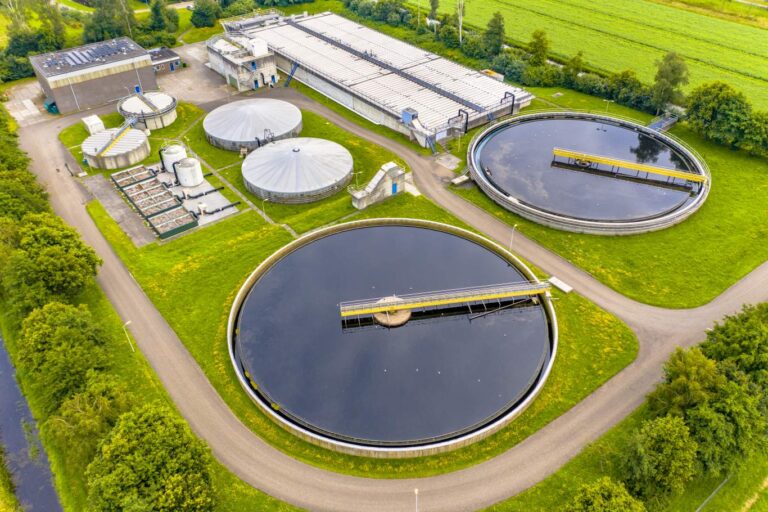
However, with the adoption of digital technology in the water industry, municipal water utilities are exposed to new ways to monitor their water quality better. Water monitoring technology is becoming more affordable than ever and is making it possible to pinpoint problem areas in infrastructure, lower chemical costs, and potentially even introduce better billing or new revenue streams that make it easier for water operators to balance budgets while offering better, more reliable services.

Municipalities: Embracing Digital Transformation With KETOS
KETOS works well for municipalities and city utilities seeking efficient, affordable solutions for digital transformation. For example, KETOS is ideal for scenarios where focusing on targeted areas can help streamline costs. Using KETOS, municipalities can better maintain equipment, locate leaks, and identify contamination areas (such as legacy lead pipes or corroded lines). By laser-focusing on specific concerns, personnel can be better deployed, and issues can be rectified on time at a fraction of the cost while maintaining constituent satisfaction.
Automated testing and monitoring not only require less manual labor. It means fewer financial outputs for outsourcing analysis to third-party labs. Municipalities can redirect resources to more pressing internal matters and reallocate data analysis budgets to other business areas to help improve services or balance books.
KETOS also integrates well into any setup. Not only is the system modular (allowing water operators to test at various strategic points across their water infrastructure), it is interoperable and easily plugs into existing systems to centralize information and data. Operators can monitor for 30+ parameters (including heavy metals such as lead, copper, and arsenic, environmental factors, and more) and can set threshold-based alerts. These settings are entirely customizable and enable each operation to build its own water quality dashboard unique to its needs or concerns.
Reporting offers lab accuracy in parts per billion (ppb) specificity. With KETOS, data collected can instantly identify and alert users of water quality and water usage issues to ensure product quality, consistency, and reliability, all for one low monthly fee (and no high upfront equipment costs).
How KETOS Works
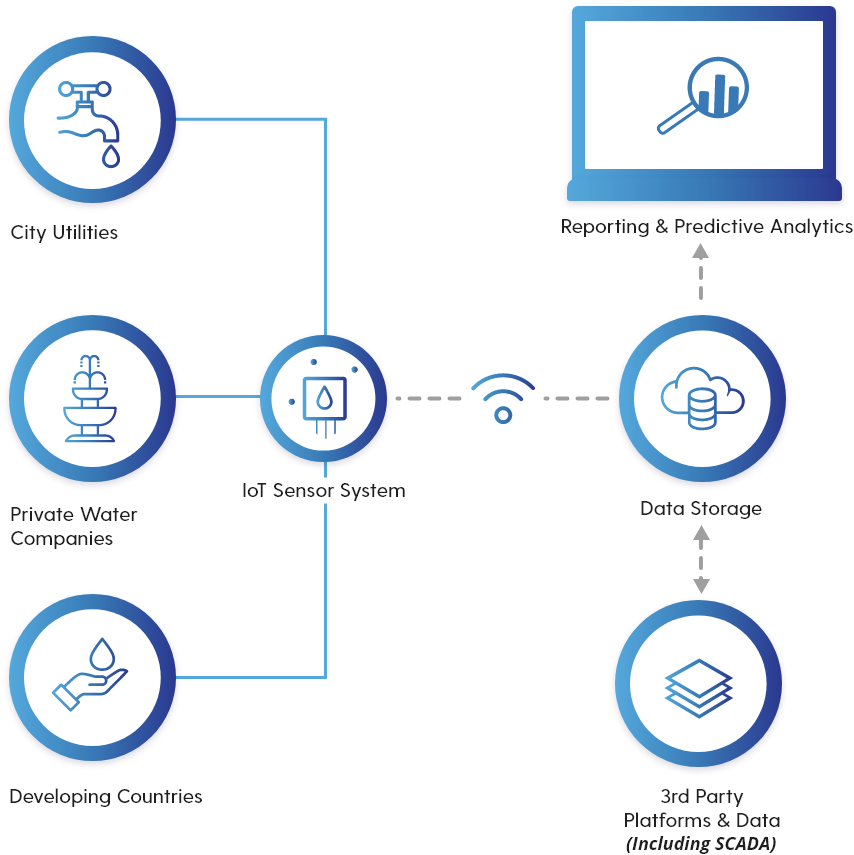
Reducing Costs, Increasing ROI Across Municipal Operations
- Water quality and safety
- Eliminate trips to test sites for samples
- Significantly reduce cost per sample
- Reduce man hours for sampling and redirect staff to more high-value tasks
- Identify issues before they impact the community
- Ensure water quality now and for generations to come
City Utilities
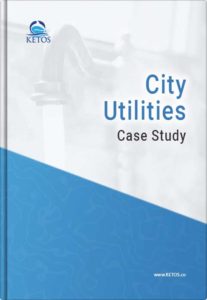 Discover How You Can
Discover How You Can
Ensure water Authority’s reputation
Monitor dozens of critical contaminants in real-time including heavy metals
Private Water Companies
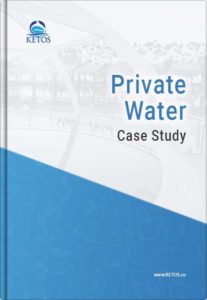 Discover How You Can
Discover How You Can
reduce Costs with autonomous water testing
Cost savings – no more manual testing, sampling, or maintenance
Developing Countries
 Discover How You Can
Discover How You Can
monetize & manage distribution
Control water distribution – reduce water shortages
Ensure Water Quality - For
Generations to Come
Monitor for contaminants in real-time for a fraction of the cost, time, and effort.
